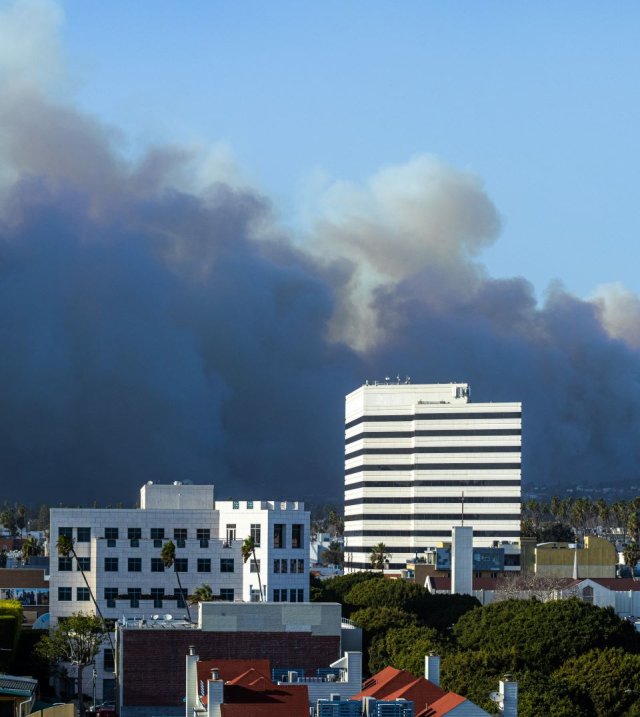Wildfire Smoke and Your Patients' Health
This course is intended for physicians, registered nurses, asthma educators and others involved in clinical or health education.
Course Objectives

Upon completing this course, you will be able to:
- Identify why wildfire smoke exposure is a public health and clinical concern.
- Identify groups of people at greater risk from wildfire smoke.
- Describe at least two health effects that can occur in response to wildfire smoke exposure.
- Explain why and how to use the Air Quality Index (AQI) for advising patients to reduce exposure and protect their health during periods of wildfire smoke.
- Identify strategies patients can take to prepare for and reduce exposure to wildfire smoke.
- Describe the importance of reducing co-exposure to wildfire smoke and heat.
- Describe the importance of professional collaboration for increasing the effectiveness of clinician advice to patients on how to reduce health risk during wildfire events.
How To Use This Training
You can complete this course in order by using the NEXT and PREVIOUS links at the bottom of each page as you progress, or you may use the links below or in the navigation pane to the left to take the training in whatever order you choose. It takes about 45 minutes to complete the course.
- Public Health Impacts of Wildfire Smoke Exposure - Discusses why wildfire smoke is a health concern, the health effects attributed to wildfire smoke and which populations and lifestages are at greater risk of experiencing health effects due to wildfire smoke exposure.
- Co-exposure to Smoke and Heat - Discusses the risks associated with co-exposure to wildfire smoke and heat and how to reduce them.
- Protecting Public Health from Wildfire Smoke - Discusses the importance of educating patients in wildfire-prone areas, responding to rapidly changing air quality conditions and using the AQI.
- Reducing Exposure to Wildfire Smoke - Discusses steps to take before and during a wildfire smoke event to reduce smoke exposure both indoors and outdoors.
- Resources - Includes links to fact sheets, websites and other publications.
- Knowledge Check Questions - 20 questions to test your knowledge. Take them before you start the course or tackle them as part of the course as you go through the sections.
- References - Lists references for the course.
